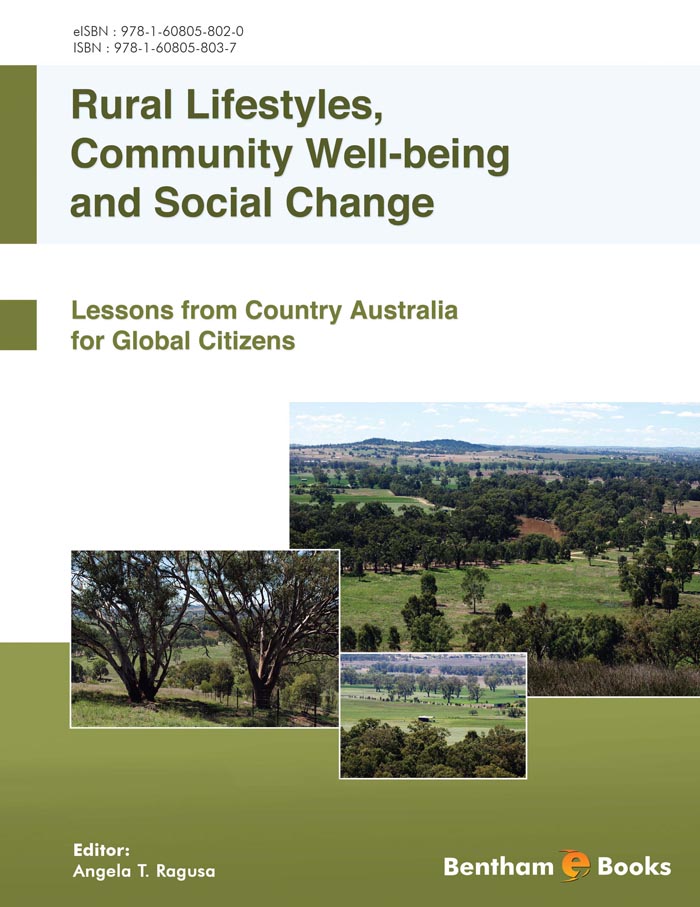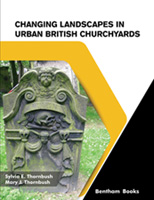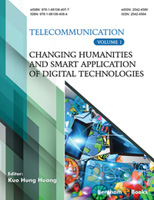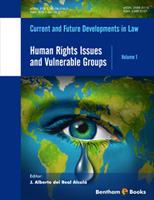In our increasingly global world, individuals are highly mobile and interconnected. Politics, policies and technologies foster interconnection amongst and within countries as individuals frequently relocate from one place to another. In the past decade, rural Australia has received heightened publicity and interest as a lifestyle destination of choice. Pushes from national decentralisation policies, aimed at alleviating urban overcrowding, particularly in the eastern metropolises of Melbourne and Sydney, regional councils’ marketing initiatives that seek to capitalise on ‘rural revival’ trends and international refugee resettlement plans have led to renewed interest in Australia’s country towns. Despite renewed interest, however, rural Australia continues to receive a small portion of government funding for healthcare, social services and infrastructure development as well as limited corporate interest. Nationally, Australia continues to be one of the most urbanised countries on the planet, with 84% of the population residing in a handful of major cities mostly along the eastern seaboard.
Subsequently, rural Australian communities struggle in contrast with urban counterparts for several, often complex, reasons. The challenges facing rural communities tend to remain marginalised whilst marketing campaigns advocate ‘moving to the country’ and utilising a host of stereotypical imagery associated with idyllic lifestyles and bucolic pastures to sell dreams of country bliss to fatigued urbanites. Against a backdrop of historical invisibility and de-prioritisation, this eBook contributes to the production of knowledge and information exchange across locations and people interested in the challenges facing rural communities in a time of rural revival.
This edited eBook showcases original, empirical and contemporary social research of academic and practical relevance to disciplinary and trans-disciplinary audiences interested in community wellbeing and social change. In particular, it explores concepts of rural identity, examines infrastructure, health and social service delivery challenges and triumphs and considers how politics and practices congruent with ‘country life’ have changed as technologies and people become increasingly fluid and interconnected. The contributions from business and information technology experts, economists, educators, healthcare professionals, natural scientists, sociologists and social workers offer insights that aim to facilitate a multidimensional window into issues facing contemporary societies in a globalised world.
The eBook commences exploration of what ‘country’ means in Part One by first questioning assumptions about landscapes and their future sustainability. Chapter one considers landscape as a visual amenity which can be regarded positively or negatively by the various inhabitants of rural communities. What people think about their local landscape is argued as causally linked to the nature and degree of one’s attachment, expressed through a sense of landscape ‘ownership’ and/or ‘belonging’ to a particular place. Individual rights and obligations, or lack thereof, with the physical environment, particularly environmental degradation and vandalism, are explored followed by a historical journey into local and international case studies impacting planning and legislation governing who ultimately has achieved a ‘right to a view’. Chapter two continues examining the impacts environmental, aesthetic-seeking migrants have on their rural communities of choice. By questioning broader implications of lifestyle migration, this chapter provides empirical analysis that gives reason to consider how a multitude of individual impulses to live in ‘pretty’ places may have deeper implications, not only for housing and other infrastructure concerns, but moreover for communities who may find themselves at odds as individuals struggle and contest whose ‘rights’ are more worthy, or authentic, to protect.
Chapter three takes a historical, socioeconomic view of how politics, policies and practices affect lifestyle desires, migration trends and, ultimately, rural communities’ success or decline. By foregrounding the decades of 1930 and 1940, census data is used to detail how demographics, specifically age and gender, intermingled with geographical nuances, particularly war, global economic depression and technological and climatic changes, in similar patterns as elsewhere and with what consequences for a key agricultural region in rural Australia. As the chapter reveals, varied locations may experience similar conditions, such as drought and agricultural mechanisation in any historical moment, but such occurrences may differently affect prosperity measures. Offering a plethora of empirical evidence, this chapter showcases one rural region to demonstrate how such conditions failed to produce long-term economic decline. It is ultimately argued that the complexity of social, political and physical factors combined to produce unique and divergent outcomes and argues for the importance of cultural capital.
Chapter four extends examination of the negotiated struggle that occurs between individuals and their rural community environments by focusing on a different category of ‘lifestyle’ migrant – refugees. By comparing and contrasting four rural communities, the politics, policies and practices affecting ‘resettlement’ are closely examined. Drawing upon in-depth qualitative interviews, this chapter deeply fleshes out long-held stereotypes and concerns affecting both migrants and the communities in which they have settled. It highlights existing gaps in current social service provision, offering a pathway into the second part of the eBook, rural health and well-being.
By transitioning to a deeper focus on the connection between health and the physical and mental well-being of rural communities and their inhabitants, the second part of this edited collection offers both academic and practitioner-based insight into contemporary social problems. How rurality affects both the experience and treatment of mental health illnesses, namely depression and social isolation, forms the substantive content of this section. Ethnographies, surveys and interviews, as well as a range of secondary data, are used to concretely report how conditions unique to rural geographies and communities significantly affect the experience and delivery of healthcare services such as counseling, education, paramedics, nursing and social welfare support. Each chapter employs a different disciplinary and conceptual lens, yet the combined message is similar; in order to thrive in rural environments, individuals and communities need equitable access to the quantity and quality of services offered in advanced metropolitan locations. Gender, age, class and ethnic stereotypes continue to drive discourses and perceptions regarding what ‘rural’ individuals experience and need. Those living ‘on the margins’, whether they are rural women, farmers, or the disenfranchised, each contend with and face challenges that are different than their metropolitan counterparts. Identifying how to best reach and solve the many social and infrastructural conditions affecting the rural populations researched, particularly those in the remotest communities, is an aspiration driving each chapter. With most social and health services operating on the ‘smell of an oily rag’, the stories and wealth of experiences shared provide lessons to inspire social change, wherever one lives.
The eBook concludes with two chapters devoted to rural politics and identity. Having explored what attracts some individuals to rural communities in the first place, followed by chapters focused on the harsh realities that tend to accompany rural Australian life, the last section considers the important role culture plays in the interpretation of experience. Although individuals are concretely affected by their physical environment, how one interprets physical and social risks, such as the simple drinking of water, reveals the connection between geography and ‘the self’ is infinitely complex.
Individual thoughts and perceptions about one’s culture, and connection or disengagement with it, may be expressed symbolically as well as practically. As Chapters eleven and twelve demonstrate, postmodern societies manifest unique ways to construct ideas and identities. Whereas Chapter twelve discusses how technology has changed the interface between global literary activities, Chapter twelve counter-argues that, for all our technological advancement, many in rural communities still fail to achieve adequate literacy in a most fundamental aspect of human well-being – namely, the capacity to discern ‘real’ health risks associated with drinking water due to inequalities in systemic policies and perceptions.
Individually, the chapters in this eBook each advance timely, disciplinary-specific knowledge of interest and relevance. Its deeper strength and knowledge contribution lie, however, in its collective advancement in academic and applied thought on issues facing the many inhabitants of rural communities worldwide. While the examples drawn stem from rural Australia, the issues detailed and lessons learned are applicable globally. Unfortunately, barriers to physical, mental and social well-being continue to afflict all contemporary world citizens. Rare is the single text that successfully addresses, let alone solves, all social problems. This text sought to do neither. It has endeavoured, however, to prioritise commonalities in the human experience, specifically the desire to lead a healthy and fulfilling life in a comfortable physical environment, to reveal how rural communities may continue to experience disadvantage and inequity. This was achieved by asking leading experts in the social and natural sciences to share original research, data and insights compiled as a means to advance existing local and global knowledge about what contributes or detracts from rural individuals’ and communities’ capacity to prosper and thrive.
Dr. Angela T. Ragusa
Charles Sturt University
Australia





